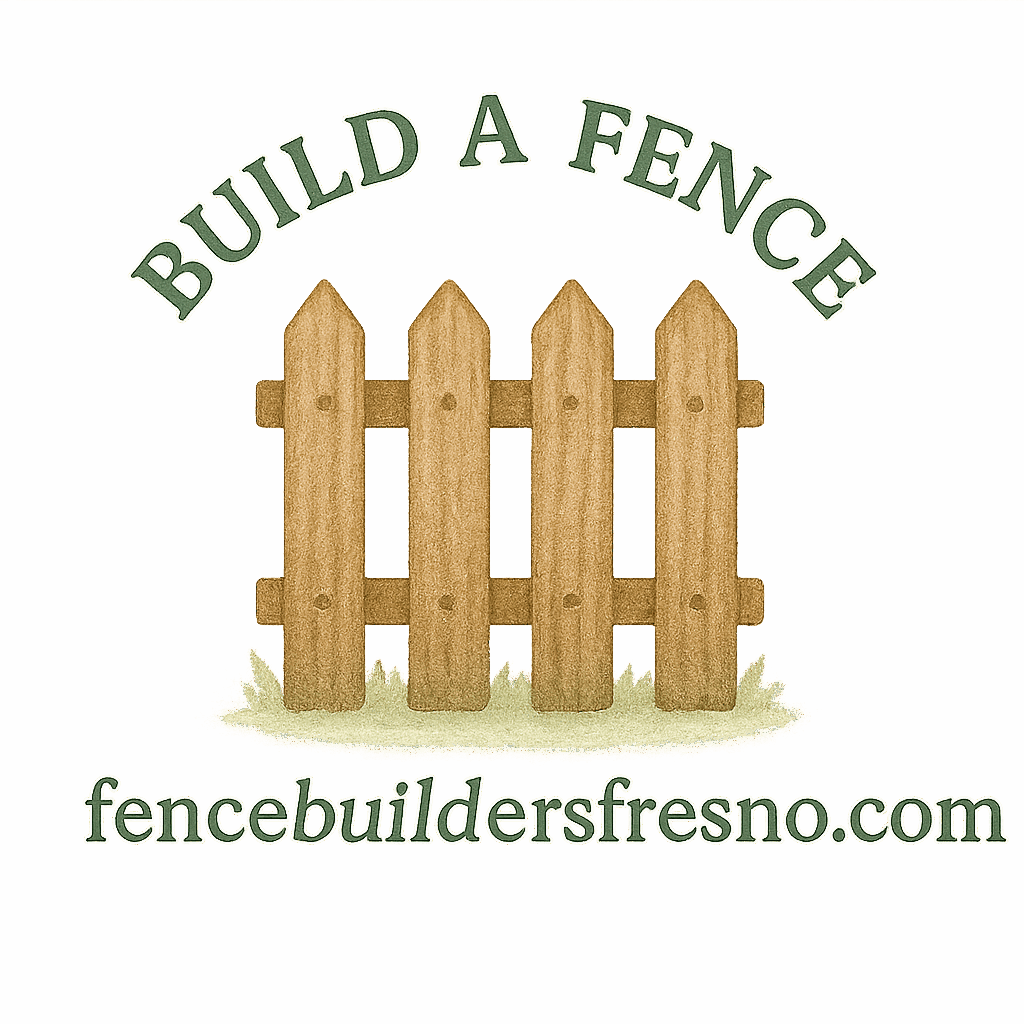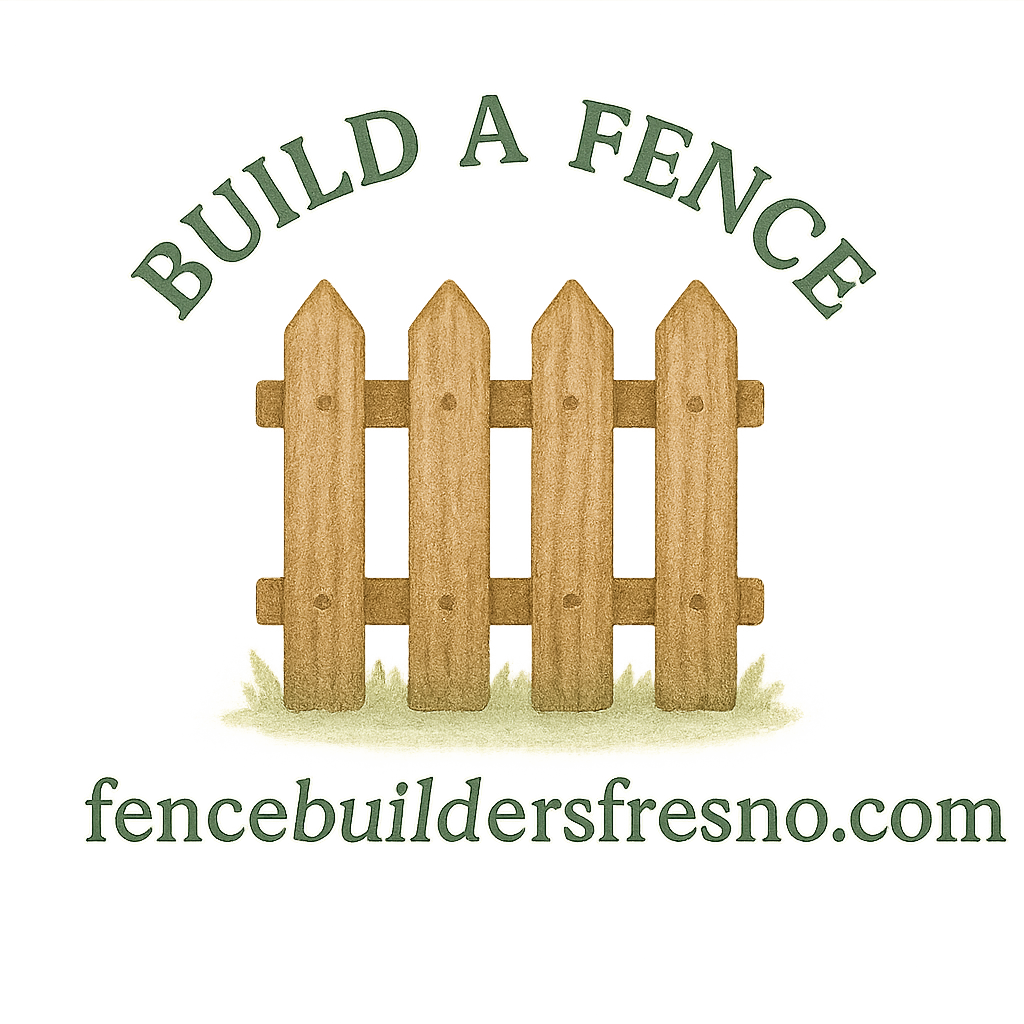Introduction: Why Choosing Durable Fencing Materials Matters
When planning a DIY fence project, durability is everything. Nobody wants to spend weeks digging, measuring, and installing only to watch their hard work crumble after a few rainy seasons. Choosing the right material doesn’t just affect how your fence looks—it decides how long it will last, how much maintenance you’ll need, and even how secure your property will be.
Whether you’re protecting pets, adding privacy, or simply boosting curb appeal, durable fencing materials are the backbone of your project. Let’s dive into everything you need to know about long-lasting DIY fencing planning.
Understanding DIY Fencing Planning
Benefits of DIY Fence Installation
Building your own fence saves you money, gives you creative freedom, and allows you to choose materials that match your lifestyle. With DIY, you’re not limited to cookie-cutter designs—you can add personality while keeping durability in mind.
Common Mistakes to Avoid in Fence Planning
Some homeowners rush into projects without checking property lines or local fence regulations (legal property considerations). Others pick cheap materials that require endless repairs. Avoiding these pitfalls ensures your DIY project doesn’t turn into a costly headache.
Key Factors When Selecting Durable Fencing Materials
Weather Resistance
Think about the climate in your area. Humidity, heat, snow, and rain all impact how long your fence will last.

Maintenance Needs
Some fences like vinyl fencing (vinyl fence guide) require minimal upkeep, while wood fences may need regular sealing or staining (wood fence care).
Cost vs. Longevity
Sometimes paying more upfront saves money in the long run because of reduced repairs and replacements.
Aesthetic Appeal
A fence isn’t just functional—it adds character to your yard. Consider whether you want a decorative fence (decorative fencing tips) or something purely practical.
9 Durable Materials for DIY Fencing
1. Pressure-Treated Wood
Why Choose Pressure-Treated Wood
It’s affordable, widely available, and built to resist rot and insects. Perfect for homeowners on a budget.
Best Practices for DIY Use
Seal it annually to keep it looking fresh. Ideal for backyard privacy fences or front yard fences (front yard fencing ideas).
2. Cedar Wood
Natural Resistance to Decay
Cedar naturally resists rot, making it a strong choice without chemical treatments.
Ideal Projects for Cedar
Great for decorative fences where appearance matters, as cedar weathers beautifully over time.
3. Redwood
Premium Quality and Longevity
Redwood is one of the most durable woods, with natural oils that repel insects and moisture.
Cost Considerations
It’s pricey, but if you want a luxury fence with minimal upkeep (low maintenance fencing), redwood is worth it.
4. Vinyl Fencing
Low Maintenance Benefits
Vinyl fencing is virtually maintenance-free. No painting, staining, or sealing—just the occasional wash.
Styles and Design Options
Available in styles that mimic wood, picket, and privacy designs. Perfect for home fencing projects (home fencing ideas).
5. Composite Fencing
Eco-Friendly Choice
Made from recycled plastics and wood fibers, composite is a green option for homeowners who want sustainability.
Durability vs. Traditional Wood
It won’t rot, warp, or splinter, making it tougher than regular wood fences.
6. Aluminum Fencing
Rust Resistance
Lightweight yet sturdy, aluminum doesn’t rust, making it great for wet climates.
Best Uses in DIY Projects
Perfect for decorative fencing that still offers security without high upkeep.
7. Steel Fencing
Strength and Security
Steel is tough, making it ideal for security fences.
Maintenance Tips
Choose galvanized or powder-coated steel to prevent rust. Regular checks help extend its lifespan.
8. Bamboo Fencing
Eco-Friendly & Stylish
A renewable resource, bamboo gives your yard a natural, exotic look.
Where Bamboo Works Best
Best used in warm, dry climates or as a decorative fence accent.
9. Chain-Link with Coatings
Budget-Friendly & Practical
Chain-link is affordable and durable. When coated with vinyl, it resists rust and lasts even longer.
Ways to Improve Aesthetic Appeal
Add privacy slats, vines, or wooden panels to upgrade the look without sacrificing durability.
Comparing the 9 Materials
Cost Comparison
- Cheapest: Chain-link & pressure-treated wood
- Mid-range: Cedar, composite, bamboo
- Premium: Redwood, steel, vinyl
Maintenance Comparison
- Low upkeep: Vinyl, aluminum, composite
- Medium upkeep: Cedar, redwood
- High upkeep: Pressure-treated wood, bamboo, steel (without coatings)
Lifespan Comparison
- 20–30+ years: Vinyl, composite, aluminum, steel
- 15–20 years: Cedar, redwood
- 10–15 years: Bamboo, pressure-treated wood
- 20+ years: Chain-link (with coatings)
Additional Tips for DIY Fence Planning
Checking Property Lines and Legal Rules
Always confirm property rights (property rights guide) before digging. Encroachment can lead to legal disputes (fence encroachment issues).
Tools Every DIY Fence Builder Needs
Post hole digger, level, saw, drill, and protective gear.
How to Avoid Fence Encroachment Issues
Consult a surveyor if property boundaries are unclear. Better safe than sorry.
Maintaining Your Long-Lasting Fence
Seasonal Upkeep Tips
Check for loose boards, rust, or warping each season. Small fixes prevent bigger problems.
Repair vs. Replacement Decisions
If more than 20% of your fence is damaged, replacement may be more cost-effective.
Conclusion
When it comes to DIY fencing planning, the material you choose makes all the difference. From budget-friendly chain-link to premium redwood, there’s a durable option for every homeowner. Consider climate, budget, and maintenance before picking your perfect match. With smart planning and the right materials, your fence won’t just stand tall—it’ll stand the test of time.
FAQs
1. What is the most durable fencing material?
Steel, vinyl, and composite are among the most long-lasting options.
2. How long will a wood fence last?
Depending on the type, wood fences last 10–20 years with proper care.
3. Is vinyl fencing worth the cost?
Yes, because of its low maintenance and decades-long durability.
4. Can I install a fence without professional help?
Absolutely. With the right tools and planning, DIY fence installation is very doable.
5. What’s the cheapest fencing material?
Chain-link and pressure-treated wood are budget-friendly while still being durable.
6. How can I make my fence last longer?
Regular maintenance like sealing wood, cleaning vinyl, and checking for damage extends lifespan.
7. Do I need a permit to build a fence?
Often yes—always check local fence regulations (fence building basics) before starting.


